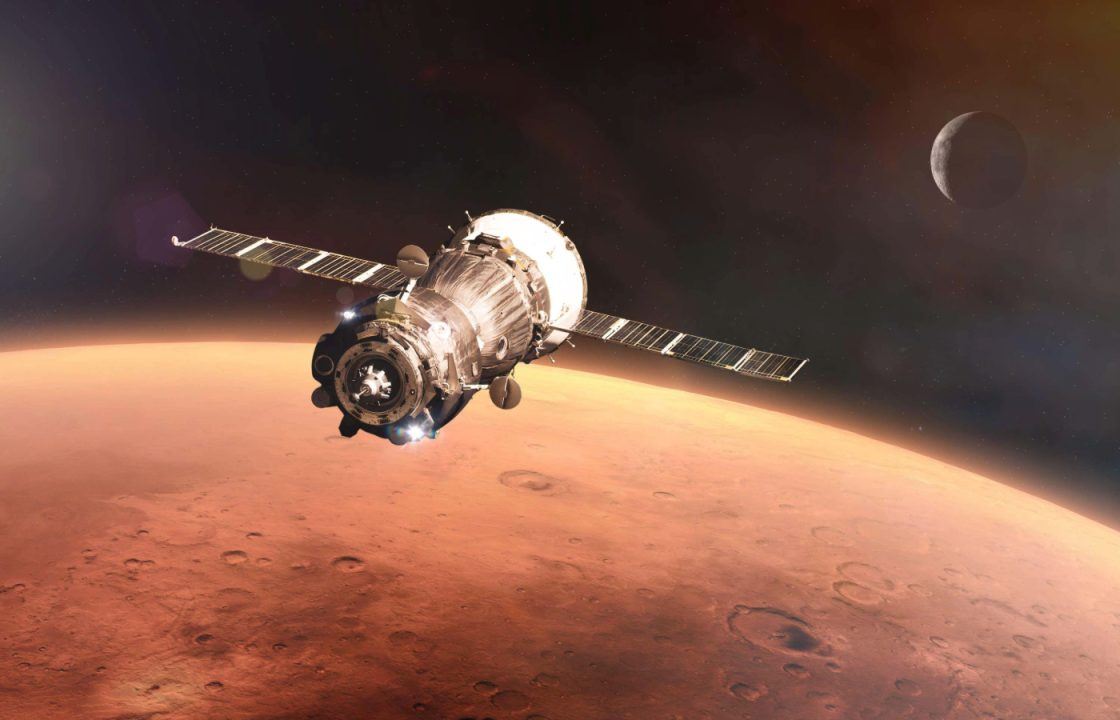A team of Rice University researchers has developed an innovative electrochemical reactor to extract lithium from natural brine solutions, offering a...
Vous n'êtes pas connecté
- English
- Français
- عربي
- Español
- Deutsch
- Português
- русский язык
- Català
- Italiano
- Nederlands, Vlaams
- Norsk
- فارسی
- বাংলা
- اردو
- Azərbaycan dili
- Bahasa Indonesia
- Հայերեն
- Ελληνικά
- Bosanski jezik
- українська мова
- Íslenska
- Türkmen, Түркмен
- Türkçe
- Shqip
- Eesti keel
- magyar
- Қазақ тілі
- Kalaallisut ; kalaallit oqaasii
- Lietuvių kalba
- Latviešu valoda
- македонски јазик
- Монгол
- Bahasa Melayu ; بهاس ملايو
- ဗမာစာ
- Slovenščina
- тоҷикӣ ; toğikī ; تاجیکی
- ไทย
- O'zbek ; Ўзбек ; أۇزبېك
- Tiếng Việt
- ភាសាខ្មែរ
- རྫོང་ཁ
- Soomaaliga ; af Soomaali
Rubriques :
 Maroc - TECHXPLORE.COM - Energy & Green Tech - 24/Sep 20:08
Maroc - TECHXPLORE.COM - Energy & Green Tech - 24/Sep 20:08
Innovative electrolytes could transform steelmaking and beyond
The lifeblood of any battery is the electrolyte. It is the medium through which positively charged elements (cations) migrate en masse between the positive and negative electrodes. By this means, batteries discharge to provide energy and charge to store energy. Scientists call this an electrochemical process.
Articles similaires
Novel electrochemical reactor can extract lithium from brine to address growing demand
A team of Rice University researchers has developed an innovative electrochemical reactor to extract lithium from natural brine solutions, offering a...
Photothermal materials improve aqueous battery efficiency in low-temperature conditions
Aqueous batteries have emerged as a promising option for large-scale energy storage due to their affordability, safety, and environmental benefits....
SpaceX and LG Energy Solution Partner For Starship Battery Deal
SpaceX has partnered with South Korea’s LG Energy Solution to supply cylindrical lithium-ion batteries for its Starship program. This collaboration...
Lasers ‘powered by sunlight’ could transform space travel, scientists say
The APACE project is attempting to harness bacteria’s natural ability to convert sunlight into energy.
Will the World Be Polluted by Heavy Metals from EV Batteries?
As electric vehicles (EVs) rise in popularity as a solution to air pollution and the reduction of carbon emissions, a less-discussed issue is...
Your solar panel payments are running out – can you get paid to install a battery?
The sun is shining so brightly on the energy grid that household batteries must become the new frontier of power bill savings.
Your solar panel payments are running out – can you get paid to install a battery?
The sun is shining so brightly on the energy grid that household batteries must become the new frontier of power bill savings.
Vanadium: A game-changer for electric cars and clean energy
As electric vehicles (EVs) and energy storage systems become more popular, the need for powerful, affordable, and long-lasting lithium-ion batteries...
Researchers drive solid-state innovation for renewable energy storage
Oak Ridge National Laboratory scientists are developing a formula for success—by studying how a new type of battery fails. The team's goal is the...
Les derniers communiqués
-
Adobe Brings Conversational AI to Trillions of PDFs with the New AI Assistant in Reader and Acrobat
Adobe - 21/02/2024
-
Laura Frigenti takes the Helm as Chief Executive Officer of the Global Partnership for Education
Global Partnership for Education - 05/12/2022

.jpg)